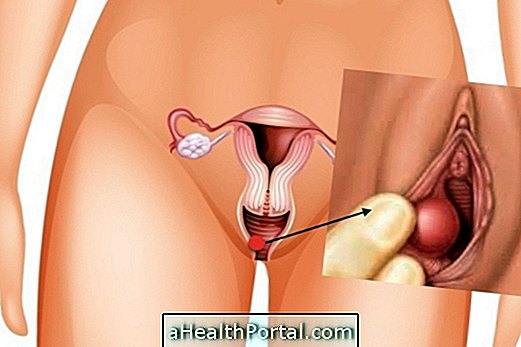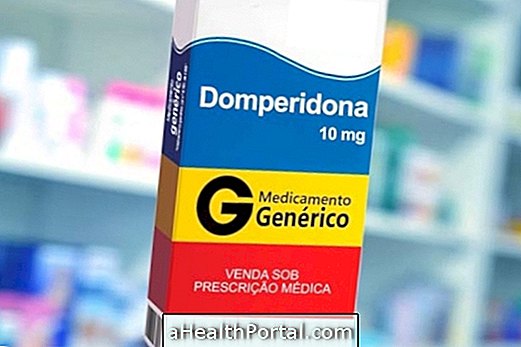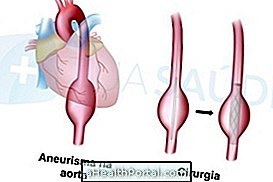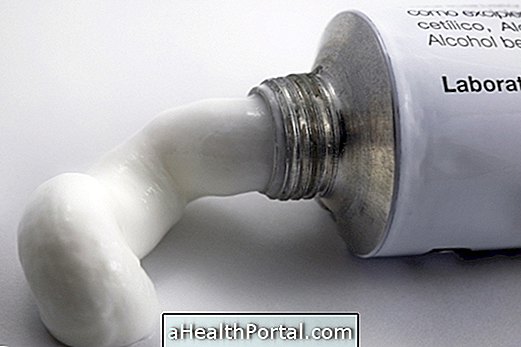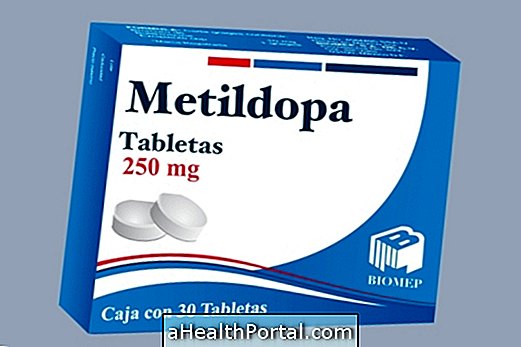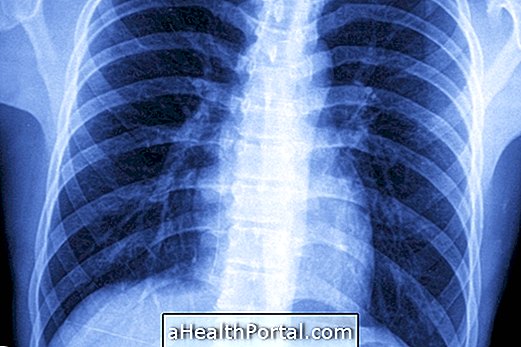Neuroleptic malignant syndrome is a serious reaction to the use of neuroleptic drugs, such as Haloperidol or Chlorpromazine. Although rare, this syndrome can be life-threatening if treatment is not started quickly and therefore it is necessary to be alert to possible symptoms after the use of neuroleptics.
Thus, when signs such as fever above 39 ° C, difficulty in moving the limbs or extreme agitation after the use of this type of medication appear, it is recommended to go to the hospital quickly, to evaluate the problem and to start the appropriate treatment.

Treatment is usually done at hospital admission to assess the progression of symptoms and administer medications directly into the vein. The most common forms of treatment include:
- Use of activated charcoal: helps to reduce the absorption of the medicine if the intake has occurred recently;
- Serum directly into the vein: maintains proper hydration and regulates the level of nutrients in the body;
- Muscle relaxing remedies, like Dantronele: relieve muscle stiffness caused by the excitement of the nervous system;
- Antipyretic medicines like Paracetamol: lower body temperature and fight fever.
Depending on how long the syndrome develops, complications such as kidney failure or marked reduction in the level of oxygen in the body, for example, need to be treated. See how the treatment of kidney failure is done.
Main symptoms
The most common symptoms of neuroleptic malignant syndrome include:
- High fever, above 39ºC;
- Feeling of shortness of breath;
- Irregular and rapid heartbeat;
- Difficulty in moving the arms and legs;
- Mental changes, such as confusion, restlessness or fainting;
- Increased perspiration;
- Sudden changes in blood pressure.
These symptoms can occur in anyone who treats neuroleptic medications, especially during the first week of treatment.
Possible Complications
When malignant neuroleptic syndrome is not treated properly or treatment is not started on time, several types of complications such as kidney failure, convulsions, pneumonia, liver failure, or pulmonary embolism may occur. In the most severe cases, respiratory and cardiac arrest may still occur.


